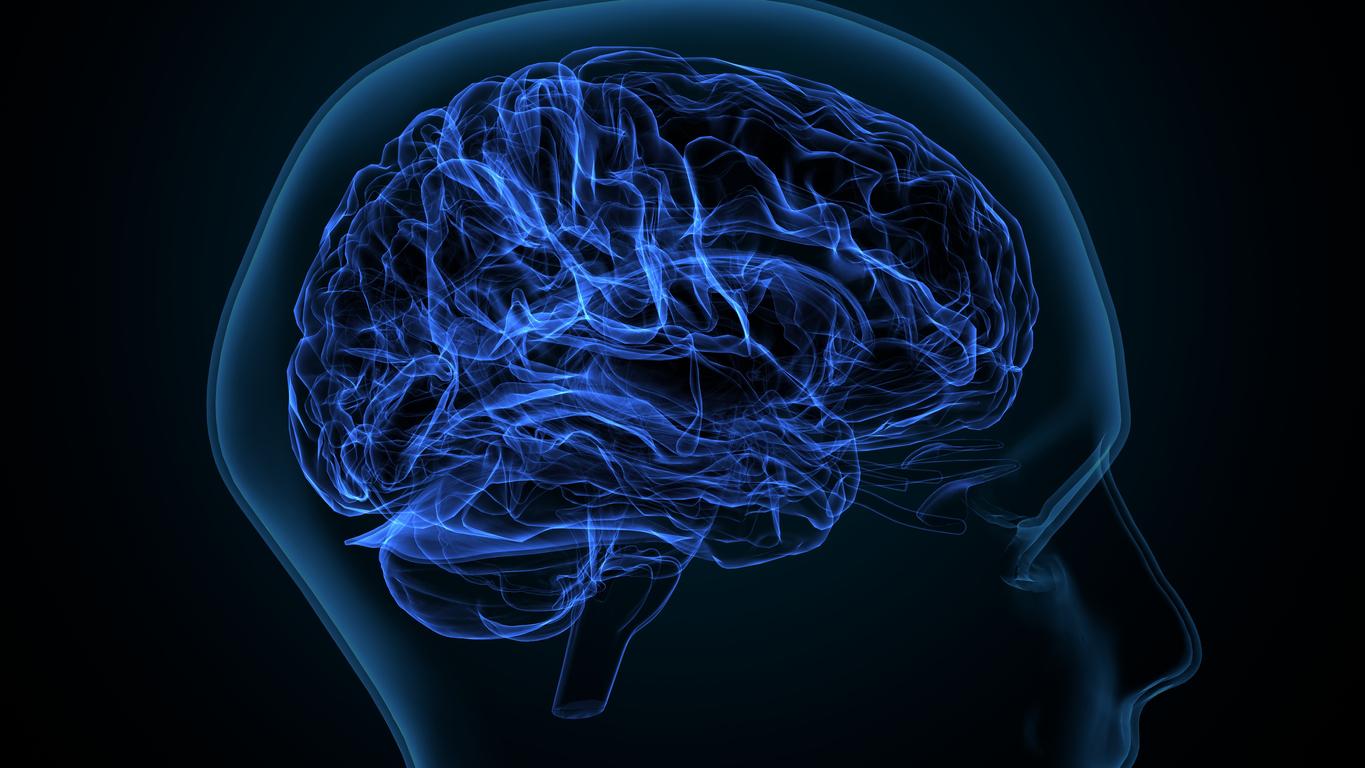The brain continues to develop after age 25 and only begins to decline between the ages of 30 and 40, a new study has found.

- Cerebral activity only decreases from the thirties.
- This is five years later than previous scientific research revealed.
- Thanks to their work, scientists now have better mapping of the brain.
The brain stays young longer than previously thought! Indeed, thanks to recent studies on the processing speed of the brain and its evolution with age, researchers from the University Medical Center of Utrecht (UMC Utrecht) in the Netherlands, discovered that our brain begins to decline towards 30-40 years old, not 25 years old.
Mental decline only occurs after age 30
According to their work published in the journal Nature Neuroscienceit is only after the age of thirty to forty that the neural connections in the brain slow down.
They discovered that the connections in our brains get faster and faster over the years: from two meters per second in four-year-old children to four meters per second in people between the ages of thirty and forty. It is only after this period that the speed is reduced.
“Our brain continues to develop much longer than we thought“, said the scientist Dorien van Blooijs.
The researchers also found differences between brain regions. For example, the frontal lobe, the front part of the brain responsible for thinking and performing tasks, grows longer than an area responsible for movement.
This study offers better mapping of the brain
These data were obtained by performing precise measurements using a grid of electrodes that some epileptic patients have placed on the brain (under the skull) in anticipation of an epilepsy operation. The grid consisted of 60 to 100 electrodes which measured brain activity.
74 patients, covering the age groups of childhood (6-13 years), adolescence (14-18 years), young adult (19-33 years) and middle age (49-64 years), were included in this study.
These results provide important information about our central nervous system, which includes the brain and spinal cord. They are also a step towards a better understanding of the brain and the disorders that impede its proper functioning, the researchers said: “We were thus able to create a map of the areas of the brain that should or should not be removed during epilepsy surgery, for example (…). We hope that our work will advance not only research on epilepsy, but also research on other brain disorders.“
















